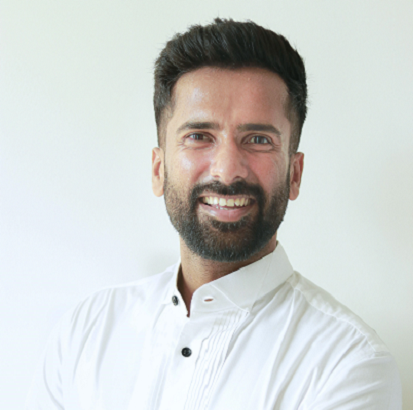Translation and Localization for Africa: Senegal
Senegal is located on the west coast of Africa. It surrounds Gambia on three sides and is bordered by Mauritania to the north, Mali to the east and Guinea and Guinea-Bissau to the south.
Senegal is not one of the largest African countries, nor is it strategically located, however, it plays an important role in African politics. Senegal also acts as a cultural bridge between Muslim Africans and non-Muslim Africans due to its large population of Muslims.
In this blog, I will cover some brief, but important facts about Senegal for anyone looking to travel or expand business operations there.
Senegalese Demographics
- The population of Senegal is slightly less than 16 million.
- Dakar is the capital city.
- The currency is the West African CFA franc.
- The government is a multiparty democratic republic.
- The major ethnic groups are: Wolof, Fula, Serer and Jola.
Senegalese Languages
- The official language is French.
- Wolof is the lingua franca.
- There are approximately 36 languages spoken in Senegal including: Pulaar, Soninke, Jola-Fonyi, Balanta-Ganja and many others.
Senegalese Culture
- 94% of the population in Senegal are Muslim.
- Senegal has maintained closer economic, political, and cultural ties to France than any other former French African colony.
- It gets its name from the river that runs along its northern and eastern borders, forming the frontier with Mauritania and Mali.
- Marriages are often arranged by families.
- The daily food for Senegalese people is rice cooked with vegetables and a spicy sauce. The national dish is called chep-bu-jen, which is rice with fish. After each main dish, they drink strong, sweet tea.
Senegalese Consumers
- The Senegalese prefer to buy imported products.
- Senegalese women are large consumers of beauty and skin-care products and are attracted to American brands.
- The average Senegalese consumer has limited purchasing power, but the emergence of an upper-middle class has led to the development of supermarket chains, mostly international ones.
- In terms of tourism, Senegal is not a very popular destination to visit, but Senegal is developing National Park and Reserve Systems, with the goal of attracting wildlife fans.
- Education is free. The school system has primary, secondary and advanced levels. Education is available both to girls and boys equally.
The Future of Senegal
- Senegal has deep-seated economic difficulties, as many developing nations do.
- Unemployment is massive, the country is continuously relying on agricultural exportation for foreign revenue.
- Free-market competition and privatization are developing very slowly.
- The Democratic Party’s recent electoral wins have created hope that Senegal is progressing and will be less authoritarian in the near future.
Summary
Senegal’s economy has been growing since 2006. The government is trying to address the high rate of poverty, which is a main challenge. Senegal is improving the investment climate, the cost of energy and enabling the private sector to develop the economy, so we might see many positive changes in the years to come.
